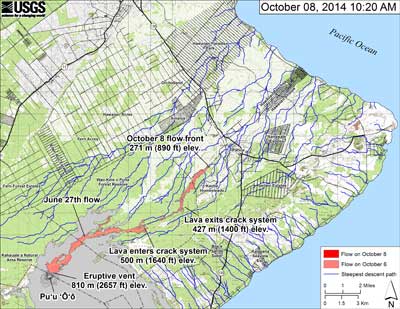
Many friends, family, and readers have inquired how we avoid boredom once again while “stuck in a hotel room for months.” We proved we could do this with relative ease after spending ten months in a Marriott hotel in India during the lockdown in 2020. We didn’t have a car then, and we don’t have one now. Thus, essentially, we are stuck.
Sure, we could use Uber to go out and about, but there is nothing we care to do right now. Still entrenched in some of my medical issues, we have no desire to go sightseeing in Ohio, nor is dining out of much interest. We can order food from most nearby restaurants for about 25% less than we’d spend dining out, especially with free delivery with Grubhub through Amazon.
Neither of us has had a cocktail or glass of wine since we arrived in Ohio almost two months ago, and we have not missed it. Once in a while, the thought of a glass of red wine runs through my mind, but it’s short-lived. That’s not to say we won’t imbibe once we return to our lives of world travel.
My one or two glasses of light wine never caused me to have heart rhythm problems, although alcohol can impact many heart patients. If it did, I would stop entirely. For Tom, not drinking is no big deal. A bar in this hotel opens at 5:00 pm, but we are not interested in heading down to the empty venue. Plus, we now eat dinner very early, and neither of us cares for a drink once we’ve eaten.
So, how do we keep from getting bored?
- Great meals and healthy desserts: As I’ve improved recently, I’ve become more interested in making exciting and delicious meals and capping off our day with a dessert. I am trying to make at least one new recipe each week, enough for three nights. I search for recipes, create recipes, and shop online for ingredients. On the other nights of the week, we have easy meals as we did last night: for Tom, marinated boneless pork chops, mashed potatoes (for a change from white rice), and salad, and for me, Arctic Char (more oily and delicate than salmon) with a salad on the side. We will repeat this meal tonight and tomorrow. We plan meals to last for three consecutive dinners to ease planning, shopping, and cooking.
- Preparing the posts daily: Researching for many of our posts requires a certain amount of time, and we do this as needed. Thank goodness for the internet. Without it, not only would we not be posting, but research would be impossible unless we went to a library. I can’t imagine. We attempt to post daily, but occasionally, I take a break.
- Handling financial matters and insurance issues: A few financial matters require our attention each month. I handle the day-to-day finances and health insurance, and Tom handles the investments. This works well for us.
- Texting and talking to family and friends: We love connecting with family, friends, and readers. We often communicate via text and occasionally talk on the phone, including with friends in the US and internationally.
- Listening to podcasts: Not only do we listen to Minnesota’s Garage Logic five days a week, but there are several other podcasts we enjoy: some lifestyle, some political, some historical, and some sports (for Tom).
- Watching football: I only watch the Minnesota Vikings games, but Toim, using the app DAZN (for an annual fee with an annual VPN), watches all of the NFL football games for about 40 minutes each after the commercials have been removed.
- Exercise: Now that I have begun to feel better, I’ve made exercise, in one form or another, an integral part of my daily life. Yesterday, for the first time since we’ve been in Cleveland, I went to the fitness center to begin a gentle exercise routine and walk the corridors.
- Streaming TV series and movies: We have several streaming services: Netflix, Hula, Prime, Paramount+, Peacock, Apple TV (free through our T-Mobile account), and a few odds and ends from time to time utilizing free trial periods to binge a particular show.
- Talking and laughing with one another: Life would be all the more difficult without this. Love, affection, and lively banter enhance the quality of our lives whether we’re “stuck in a hotel” or out on an adventure. We are both grateful for this precious aspect of our lives.
Every Monday, Tom does the laundry, which is now washed and dried. After that, we each fold and put away our clothes. Having a routine, as described, makes our lives easy and, in many ways, fulfilling.
No, we aren’t bored—never for a moment. We’re grateful for every day of our lives, even during challenging times.
Be well.
Photo from ten years ago today, October 21, 2014:
 |
| After the rains, the golf course-quality lawn at our building is lush green. For more photos, please click here. |























